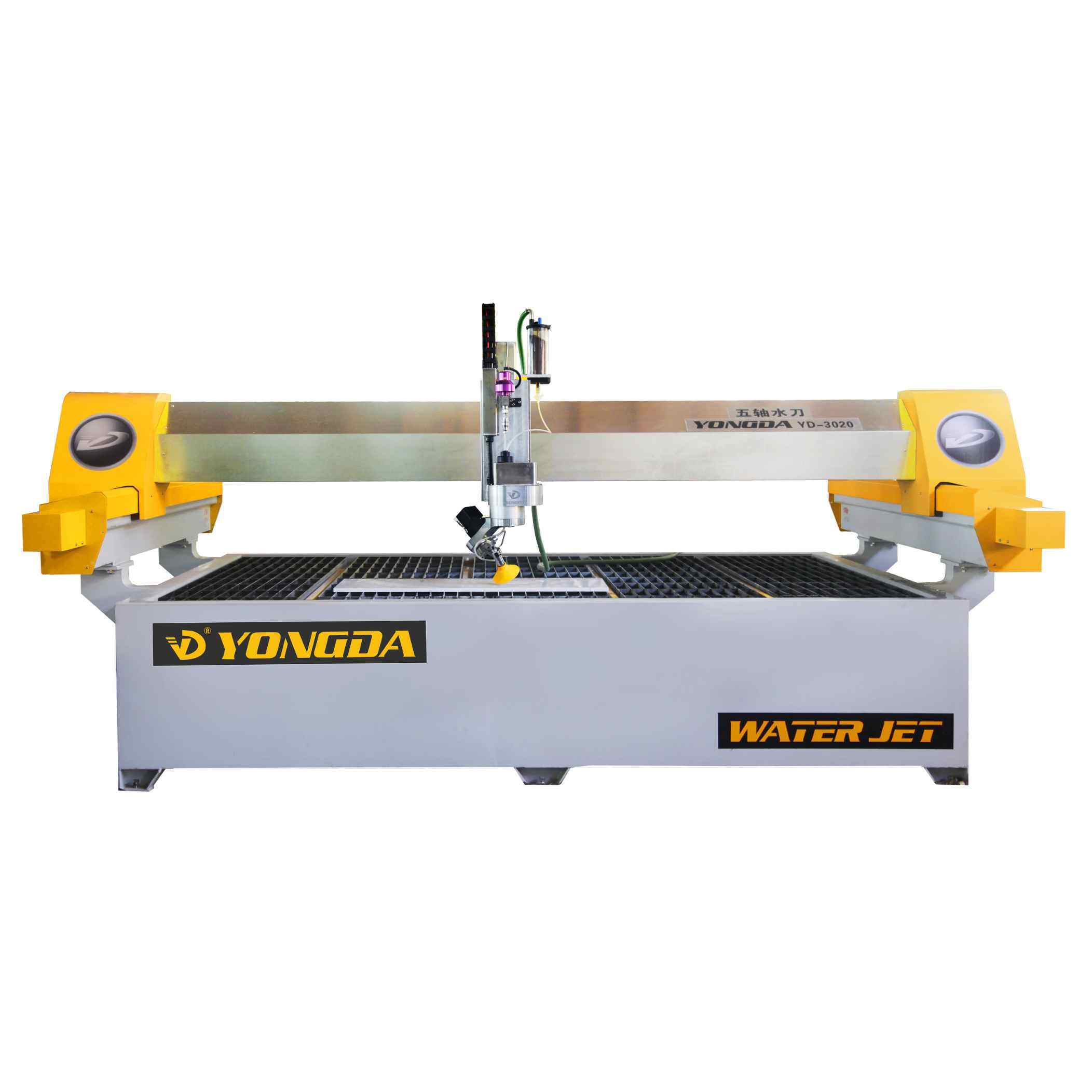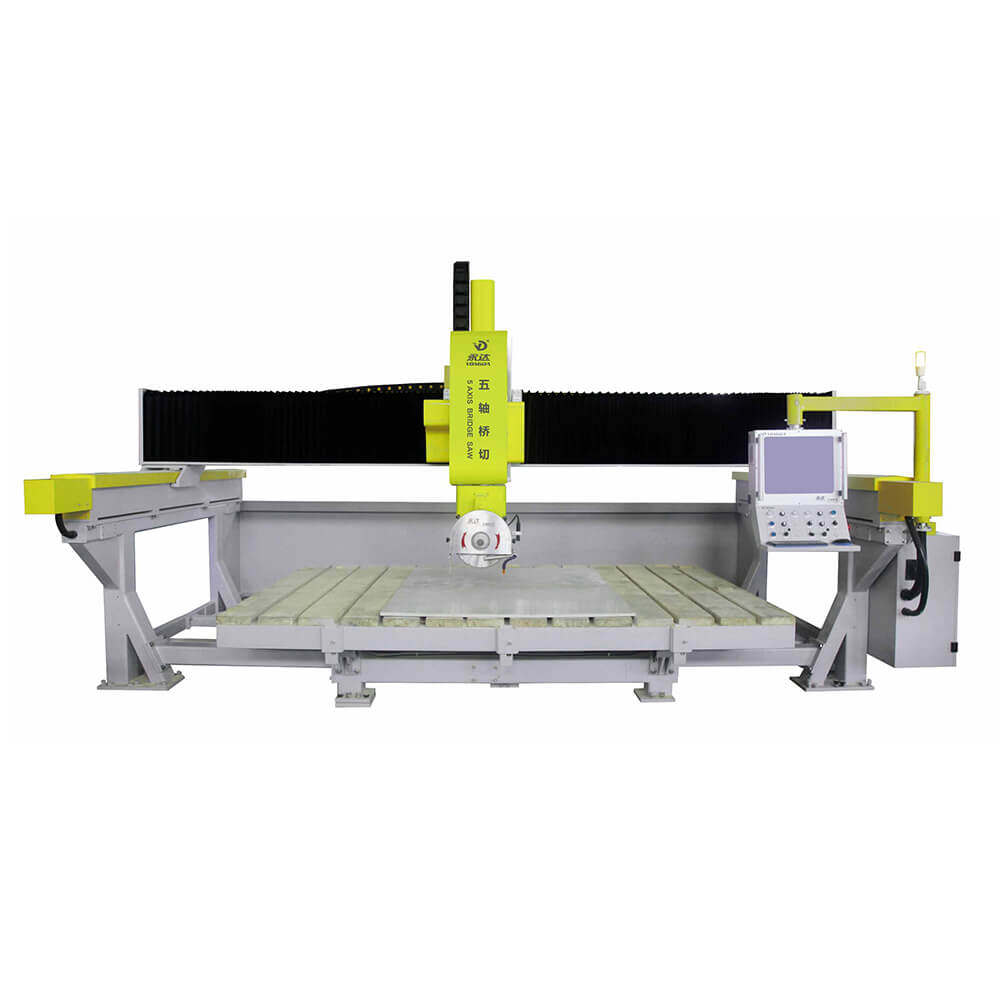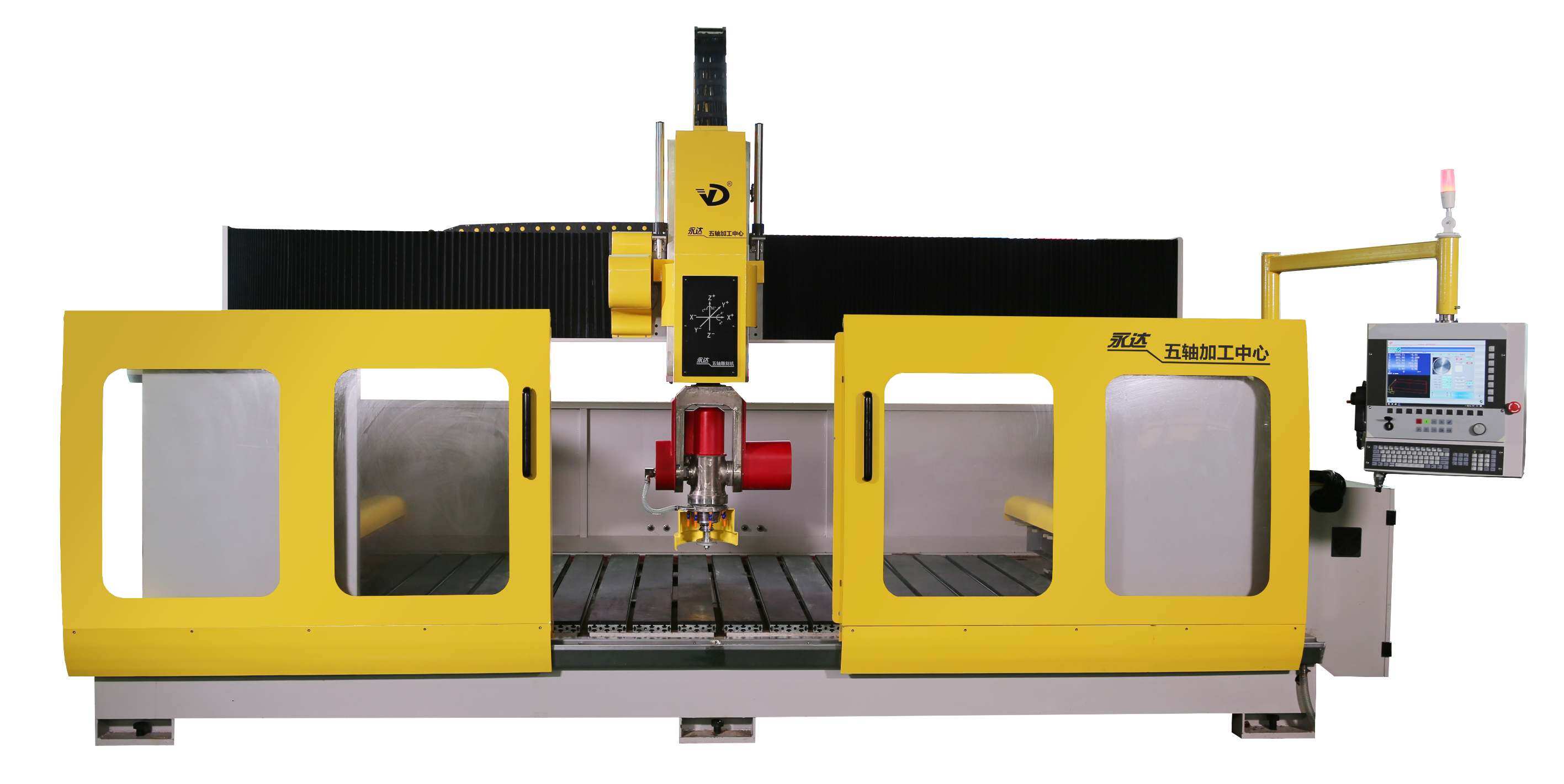Stone processing has evolved significantly over the years, transitioning from manual techniques to advanced computer numerical control (CNC) machining. This shift has brought about notable changes in speed, efficiency, and precision. In this article, we will explore how CNC machining compares to traditional methods in stone processing, focusing on key aspects such as speed, efficiency, and precision in the industry.
Traditional Stone Processing Methods
Traditional stone processing methods have been used for centuries and include techniques such as hand carving, sandblasting, and the use of basic mechanical tools like chisels and hammers.
Hand Carving and Sandblasting
Hand carving involves manually shaping stone using chisels, hammers, and other hand tools. This method is labor-intensive and requires a high level of skill and experience. Sandblasting, on the other hand, uses high-speed abrasives to etch designs into the stone. While effective, it is less precise and can be time-consuming.
Mechanical Tools
Mechanical tools such as diamond-tipped saws and drills have also been used traditionally. These tools, while more efficient than hand tools, still require significant manual intervention and skill to achieve the desired results.
CNC Machining in Stone Processing
CNC machining represents a significant leap forward in stone processing technology. It uses computer-controlled machines to automate the cutting, carving, and finishing of stone materials.
The adoption of stone CNC machining centers has had a profound impact on the stone processing industry. CNC machines have significantly increased productivity in the stone processing industry. The ability to operate continuously and produce consistent results has enabled manufacturers to meet higher demands and reduce lead times.
The efficiency and precision of CNC machining translate into substantial cost savings. Reduced material wastage, lower labor costs, and minimized rework contribute to a more cost-effective production process. CNC technology has opened up new possibilities for innovation and creativity in stone processing.
How CNC Machining Works?
CNC machines operate using pre-programmed software that controls the movement of cutting tools. Stone CNC machining centers can use diamond-tipped blades, laser beams, or water jets to cut and shape stone with high precision. The process typically involves creating a CAD (Computer-Aided Design) model, converting it into a G-code, and then executing the machining operation.
Speed Comparison
One of the most significant advantages of CNC machining over traditional methods is speed.
Traditional Methods: Traditional stone processing methods are inherently slow due to the manual labor involved. Hand carving, for instance, can take weeks or even months to complete a single project, depending on its complexity. Sandblasting and mechanical tools, while faster than hand carving, still require considerable time for setup and execution.
CNC Machining: CNC machining dramatically reduces processing time. CNC machines can complete tasks in a fraction of the time required by traditional methods. For example, a sculpture that might take two weeks to carve by hand can be completed in just one week or less using CNC equipment. This speed is achieved through automation and the ability to operate continuously without breaks.
Efficiency Comparison
Efficiency in stone processing is measured by the amount of material wasted, the consistency of the output, and the overall cost-effectiveness of the process.
Traditional Methods: Traditional methods often result in higher material wastage due to human error and the limitations of manual tools. Inconsistent results are common, and the need for skilled labor increases costs. Additionally, traditional methods require frequent quality checks and adjustments, further reducing efficiency.
CNC Machining: Stone CNC machining center offers unparalleled efficiency. The precision of CNC machines minimizes material wastage, as cuts are made with exacting accuracy. CNC machines can optimize material usage and reduce internal scrap, leading to significant cost savings. The consistency of CNC machining ensures that each piece is produced to the same high standard, reducing the need for rework and quality checks.
Precision and Quality
Precision and quality are critical factors in stone processing, especially for intricate designs and high-end applications.
Traditional Methods: While traditional methods can produce high-quality results, they are heavily dependent on the skill of the operator. Human error can lead to inconsistencies and imperfections, particularly in complex designs.
CNC Machining: CNC machining excels in precision and quality. The computer-controlled nature of CNC machines allows for intricate designs to be executed with exacting detail. CNC sculpting eliminates the room for error inherent in hand carving, ensuring that the final product matches the digital model precisely. This level of precision is particularly beneficial for architectural and artistic applications where accuracy is paramount.
Conclusion
In conclusion, CNC machining offers significant advantages over traditional stone processing methods in terms of speed, efficiency, and precision. While traditional methods still have their place, particularly in bespoke and artistic projects, the benefits of CNC technology make it the preferred choice for high-volume, complex, and precision-driven applications. As the stone processing industry continues to evolve, CNC machining will undoubtedly play a central role in shaping its future.







